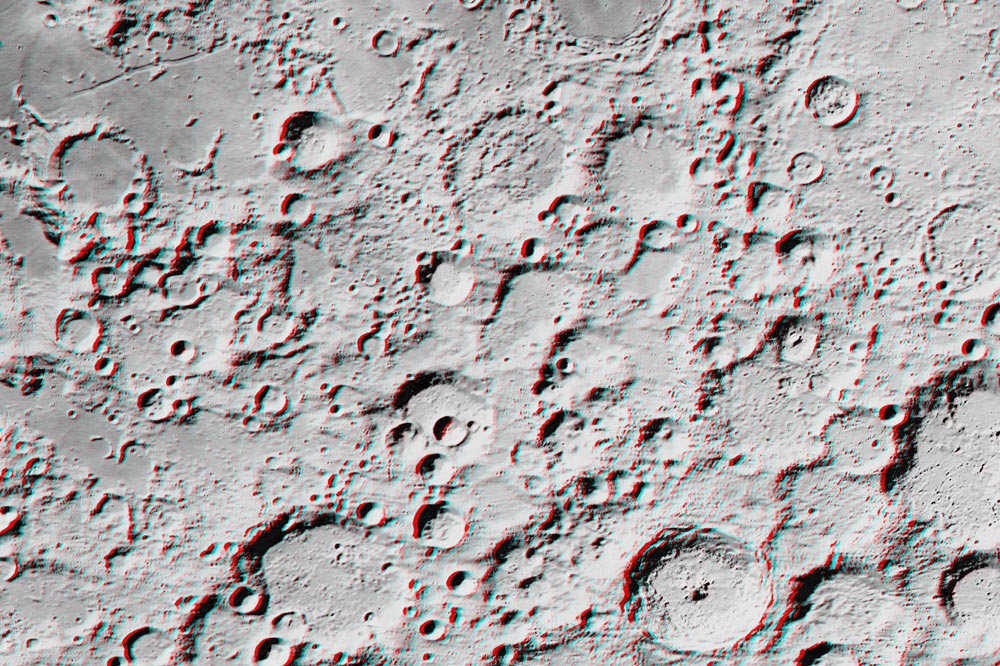Difference between revisions of "February 11, 2012"
| Line 13: | Line 13: | ||
<br /> | <br /> | ||
<hr /> | <hr /> | ||
| + | <!-- Removed reference to store page --> | ||
| + | </div> | ||
| + | ---- | ||
| + | ===COMMENTS?=== | ||
| + | Register, and click on the <b>Discussion</b> tab at the top of the page. | ||
| + | <hr> | ||
| + | You can support LPOD when you buy any book from Amazon thru [[Support_ LPOD|LPOD]]! | ||
| + | <span style="font-size:88%"> | ||
| + | <center> | ||
| + | Contributions to http://www2.lpod.org/ are licensed under a Creative Commons Attribution No-Derivative-Works Non-Commercial 3.0 License. [http://www.creativecommons.org/licenses/by-nc-nd/3.0 http://www.wikispaces.com/i/creativecommons/by-nc-nd_3.0_80x15.png]<br> | ||
| + | </center> | ||
| + | </span> | ||
Revision as of 20:03, 31 January 2015
Red-Blue Blur

image from Jeffrey Ambroziak
The Wired Science website just featuredthis stereo image of the Tycho to Pitatus region of the Moon. Jeffrey Ambroziak created the 3-D image from LRO digital terrain data by constructing red and blue anaglyph images from two slightly different perspectives. He and his father had patented a new technique to create stereo images that work when viewed from nearly any angle or distance. As I have mentioned before, I can't see stereo so get out your red-blue glasses and send me your comments on how it works. Is it better than LRO anaglyph images by Maurice Collins and others?
Chuck Wood
Related Links
Rükl plate 64
COMMENTS?
Register, and click on the Discussion tab at the top of the page.
You can support LPOD when you buy any book from Amazon thru LPOD!
Contributions to http://www2.lpod.org/ are licensed under a Creative Commons Attribution No-Derivative-Works Non-Commercial 3.0 License. 



